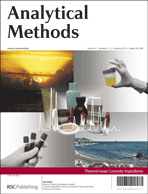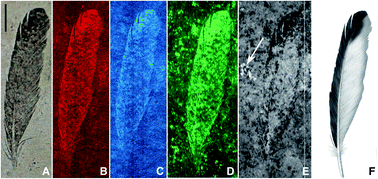Today we interview Yeuki Tsoi, a Post-Doctoral Scientist at the Hong Kong Baptist University (HKBU)
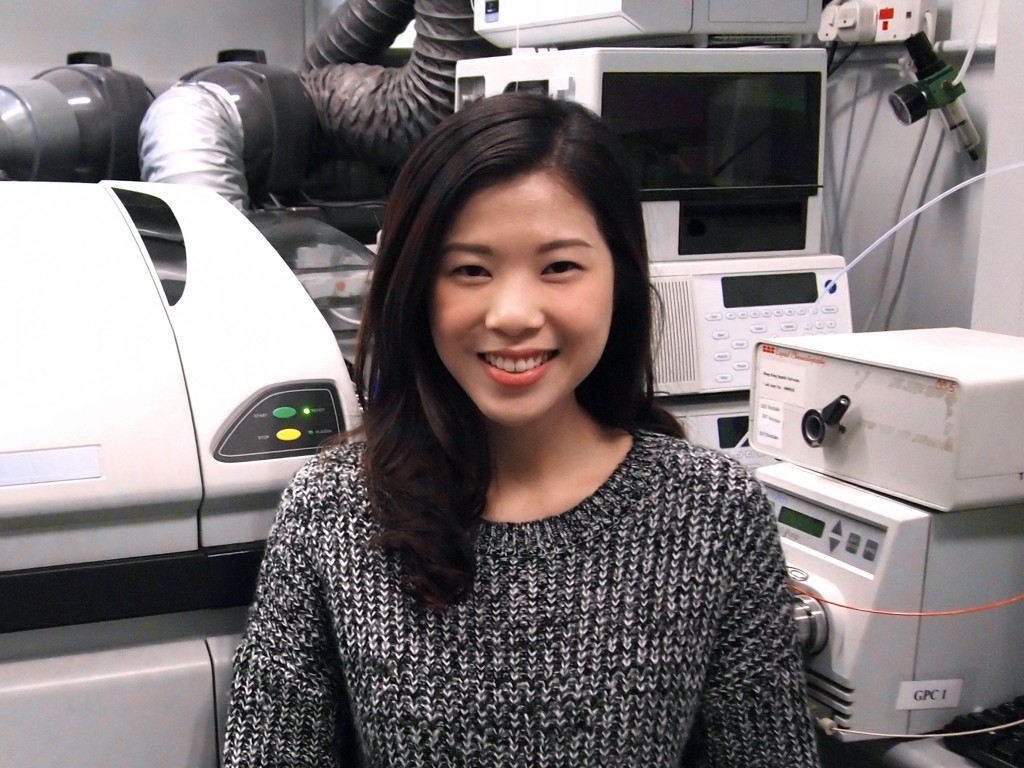
Yeuki in her lab in Hong Kong
Who or what inspired you to become a scientist?
I have always been curious about everything and asking questions since I was little. What truly inspired me (as a pre-teen) was a children’s encyclopedia which my dad got me. I found myself so fascinated by all the fun facts about Nature – Astronomy, Biology, Chemistry, etc.. It was later when I grew an interest in Forensics and started to dig related reference books from libraries. Since then, I have been very enthusiastic about Analytical Science; also Chemistry was always my best grade in school, so it became so natural for me to go after it all the way. In this, I cannot thank enough my parents for being so supportive to my pursuit of interest.
Why did you choose your research group/University and what factors influenced your choice?
While I was in my UG final year working on a synthetic chemistry project, I confirmed that I am more an “AnalChem” type of student. My interest in it is so obvious because I am always happier performing chemical tests and working with machines. I was therefore on the lookout for relevant PhD programs and HKBU, with particular strength in Analytical Chemistry, was clearly the reasonable choice. I feel very fortunate to have joined Dr. Kelvin Leung’s group; besides he is the best mentor I ever met, it is also because I am especially interested in his speciation-themed projects. Elemental speciation was a developing skill in Hong Kong’s testing industry. It is nothing more satisfying and exciting than knowing what you do is so relevant to local applications.
Can you explain a bit the purpose of your current research activities?
My research in Dr. Leung’s group is mostly related to trace analysis and elemental speciation. After my PhD (when I have worked more on material and methodology development), lately our team is moving towards more advanced spectrometric applications, which require collaborations between different scientific disciplines. Together with a group of HKBU physicists, we have recently explored the synergistic application of ICP-MS and PLEAF in forensic analysis of laser printed documents by making use of the elemental signatures in printer toners. Currently, our team is dedicating much effort and instrumental resources to the pharmacokinetic study of metal-based drugs in vivo. Using LA-ICP-MS, we extract elemental maps from biological tissue sections and construct a time-resolved distribution profile. This project is an essential step for drug development in that it delivers a better understanding in the regent’s Absorption, Distribution, Metabolism, and Excretion (ADME) within the system.
Besides these projects, I act also as a project manager behind a couple on-going environmental research projects in this group. I am happy with the range of exposure to different analytical areas, especially those related to emerging contaminants (e.g. artificial sweeteners and UV filters) of which the latent chronic impacts (arising from transformation and degradation) should deserve more attention.
How is a typical day in your lab?
During my earlier days of intensive lab work, I usually start with getting my instruments initialized and warm-up as early as possible, followed by long hours of sample preparation and measurement. Lately, as I become more senior in this group I am assigned to coach newer members and to support and coordinate several current projects. My other duties usually get done at the desk by planning new research projects, writing grant proposals, preparing publication manuscripts, etc. Between hours of independent work, my schedule is packed with discussions with my teammates and meetings with collaboration partners.
What common activities are organized in your research group?
There are regular group meetings where students take turns to present their work progress. Since our group is known for its diversity in research themes, it is always helpful and inspiring to hear constructive comments and thoughts from fellow teammates who are working in entirely different areas of Analytical Science (e.g. environmental, clinical, food, materials, TCM).
Beside these formal meetings, our supervisor would sometimes like to take us out for lunch at restaurants nearby. Those are good times when all members gather to have some fun chats.
On a more irregular schedule, our group members will take a day off from their routine and go out on an environmental sampling trip for a change. Once or twice per year, we rent a boat to cruise around the coastline of Hong Kong and grab marine samples for the environmental projects. All of us, including those not on these projects, will lend some help and get to learn something new in this process. The nature-kissing field trip sounds like a lot of fun; the truth is: it is not always easy, especially when sea-sickness kicks in.
What app/programs do you typically use?
Besides using MS Excels for basic treatments, our trace element team also uses Igor/Iolite, MatLab and ImageJ to reduce massive data and to generate elemental maps. Photoshop is my personal favorite to produce graphic illustrations for publication.
How do you search for scientific information? How do you manage your bibliography?
I like to use Web of Science, Scopus and more rarely PubMed for bibliographic reviews. I am not used to utilize any reference management software. What I usually do is to categorize them into different folders and I can always look them up by searching the keywords.
What are your views on JAAS? Which type of articles do you prefer? Do you miss some content?
JAAS is the most relevant journal to my own element/speciation research and I can usually find answers from JAAS articles to my questions. What I like about JAAS is the range of publication types available to authors/readers and the fact that each type has a clearly defined objective. This allows authors to go easily for the one that suits the style, depth and scale of their work. My own favorites are technical notes and perspectives; both presentations are short but they deliver the most useful tactics and insightful commentary that somehow we usually miss out in full paper, even in reviews.
What do you like and dislike the most about your work?
There is in fact a lot I like about my current work. First, since I am taking up more paperwork and project management duties, I have earned much greater exposure to fields other than my original stream of research. There is a lot to learn from different research philosophies in Environmental and Food Chemistry. Secondly, my work in project planning certainly puts me through a growing process which has given me new perspectives on seeing and analyzing a scientific issue. What I feel not very comfortable about is the lesser time I spent at the working bench. I just miss the indulgent life of pure experimental work.
What do you expect to be doing in 5 years time?
In five years, I see myself continuing my profession in analytical research and development, outside of the academic circle, hopefully in public sector. It would mean a lot to me that my work renders true functional/reference value to local services and contributes a greater benefit to the society. But, I am also open to any possibilities that life brings me.
What do you enjoy doing when you are not in the lab?
I used to like cooking and making desserts but I am kind of exhausted (chemists tend to try too hard to make all procedures and proportions perfect, this obsession can be quite stressful). I prefer enjoying music to relax; my favorites are Jazz, Blues, and original movie soundtracks. I am also an active swimmer and an avid beach-goer.
Thanks a lot, Yeuki! Have a look at Yeuki’s latest article published in JAAS:











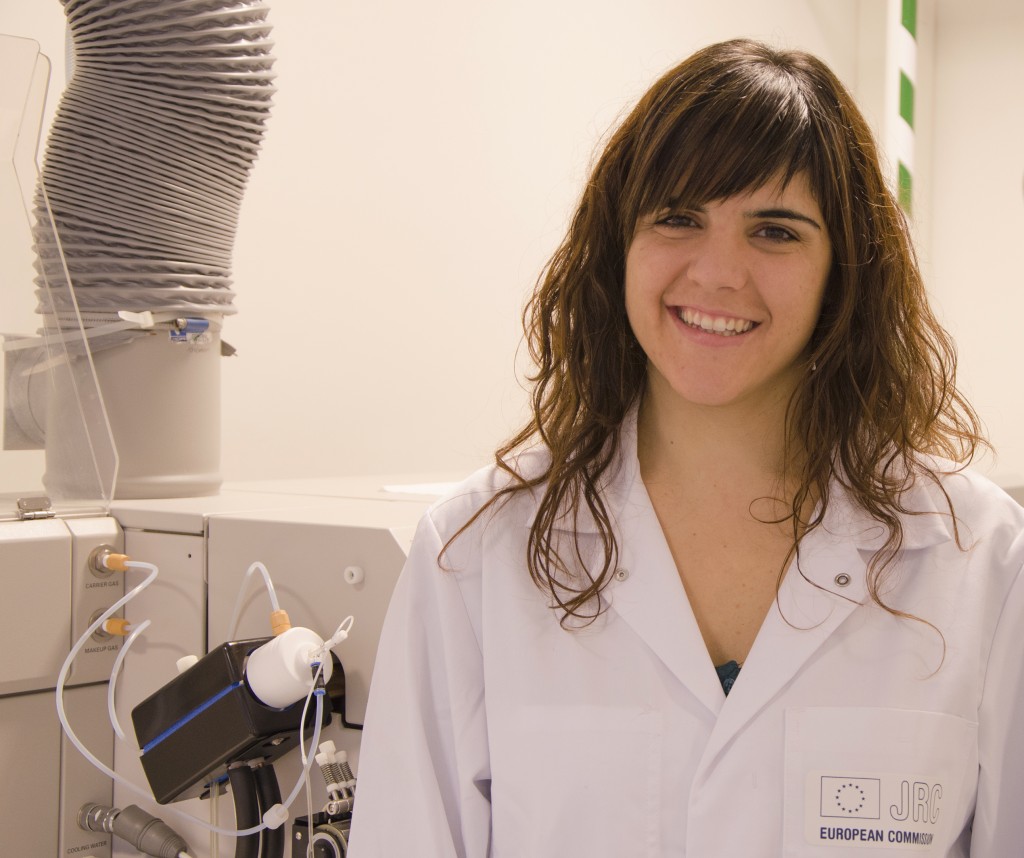

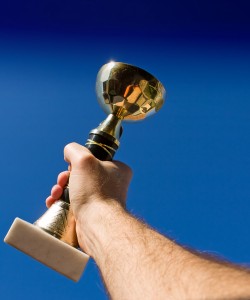
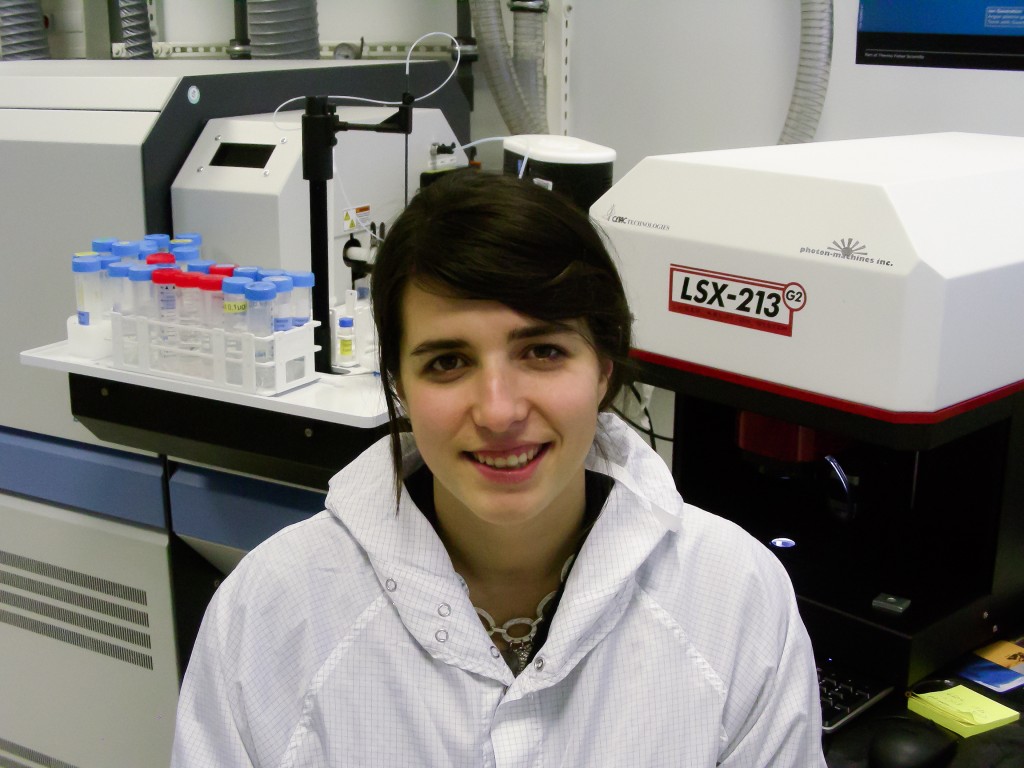
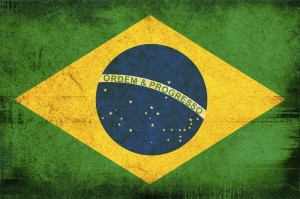
 Frank Vanhaecke
Frank Vanhaecke
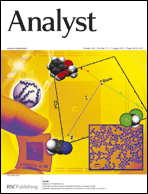 Reversible polymerization of novel monomers bearing furan and plant oil moieties: a double click exploitation of renewable resources
Reversible polymerization of novel monomers bearing furan and plant oil moieties: a double click exploitation of renewable resources